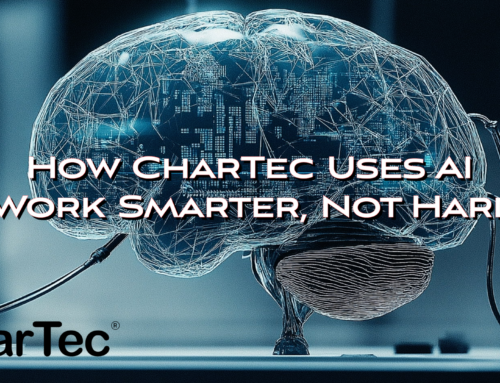The ability to generate compelling copy will make or break your marketing efforts as an MSP. If you get it right, it will speak to your audience and encourage action. But, to do it correctly, you’ll need to know what it is and how to do it effectively. It will take a little effort to see any benefits.
Copywriting vs. Content Writing
First, to generate compelling copy you must understand that copywriting and content writing are not the same. Both approaches are needed to grow and promote your business. But it’s copywriting that will form the basis of your advertising efforts.
Content writing, in short, is text content aimed at educating or entertaining readers. You probably have quite a bit of this on your website; blog posts are good examples of content writing. These will also encompass eBooks, news articles, social media posts, newsletters, and tutorials. Although this type of writing can drive sales, that is not the only goal.
Copywriting, meanwhile, is text content whose primary goal is to convince readers to “take action” related to your MSP’s sales process. It may, for example, try to show prospects your MSP is worth signing an agreement with. Action-driven writing appears in PPC ads, social media ads, product pages, website sales pages, promotional emails, and CPM ads. When done correctly, it’s brief and concise yet captures the sentiment you are looking to convey as an MSP.
Copywriting is a very distinct type of writing, and you’ll find that not all writers can do it correctly. Even the most phenomenal content writer may not have what it takes to write strong and effective copy as it requires a different approach and skill set.
What are the components of good copywriting for your MSP?
Copywriting aimed at your target audience should appeal to their needs, pain points, changes in technology, or whatever you want to use to get their attention and generate a compelling copy. It should present the value of your offering while working harmoniously with other elements of the ad, such as graphics, to encourage action. Here is a look at a few other components of copywriting.
Good copywriting will speak to your audience.
The number one thing your copywriting must do is speak to your audience. If it doesn’t do that, your advertising effort isn’t going to work. An interesting quirk of marketing is that when you speak to a specific group of people, that will also somehow allow you to reach a broader group of people.
Take the example of Harry Potter. These books were written for a specific preteen audience. But they are written so well that they are loved by all ages and all walks of life. It may not make sense from a logical standpoint, but something well-written allows your message to speak to more people.
Good copywriting will have a framework.
The framework for your marketing needs to match your sales framework. If you’re uncertain where to begin, the PAS formula is one of the most effective copywriting conversion frameworks because it makes you think from your audience’s perspective.
The PAS approach focuses on the premise that people are more likely to avoid pain than go after a particular benefit. Some marketing experts believe that focusing on problems leads to a greater response than talking about a company or product.
PAS involves three components: Problem, Agitate, and Solution.
Problem
The first part of the framework is defining the problem for the audience. In the case of MSPs, it’s going to be the need for IT expertise. You might target a specific aspect of this, such as cybersecurity or network management, or you could even go broader. Either way, you need to state the problem straightforwardly to draw readers into the message. Once the problem is presented effectively, it’s time for emotional agitation.
Agitate
In the Agitate step, you need to unpack the various ways this problem could be hurting your prospects. Look for ways to give this some depth, such as appealing to the specific emotions that they might feel when IT-related issues arise. Perhaps you could focus on how operating under a break-fix IT model is hurting their budget. It’s all about stimulating emotional responses to drive action toward your solution.
Solution
After stating the problem and its negative impact on the audience using emotional pain points, it’s time to offer them a solution – which, of course, is your MSP. If you’ve done the first two steps correctly, your solutions will immediately seem like the most obvious way to solve their problems.
Although this is one of the best ways to get your message across, it’s not the only one. “Engage, Influence, Call-to-action” is another approach that can get results. Use an engaging headline, write your compelling text that influences readers, and place a call-to-action at the end of the copy. You want to encourage them to contact you so you can show them your solutions.
Good copywriting won’t be exhausting.
Another point is that you need to be brief with copywriting. Copywriting isn’t content writing; they’ll read that later once they’ve become a client. For now, your goal is to encourage them to get on board with you.
As you can see, copywriting is a crucial part of any MSP’s marketing strategy, so don’t cut corners. If no one on your team possesses copywriting skills, a professional copywriter is an investment that can pay off significantly for your business. Taking the time now to ensure your copy is authoritative, targeted, optimized, and engaging is one of the best things you can do for your MSP from a marketing standpoint. Contact us now for any questions you may have!







Leave A Comment